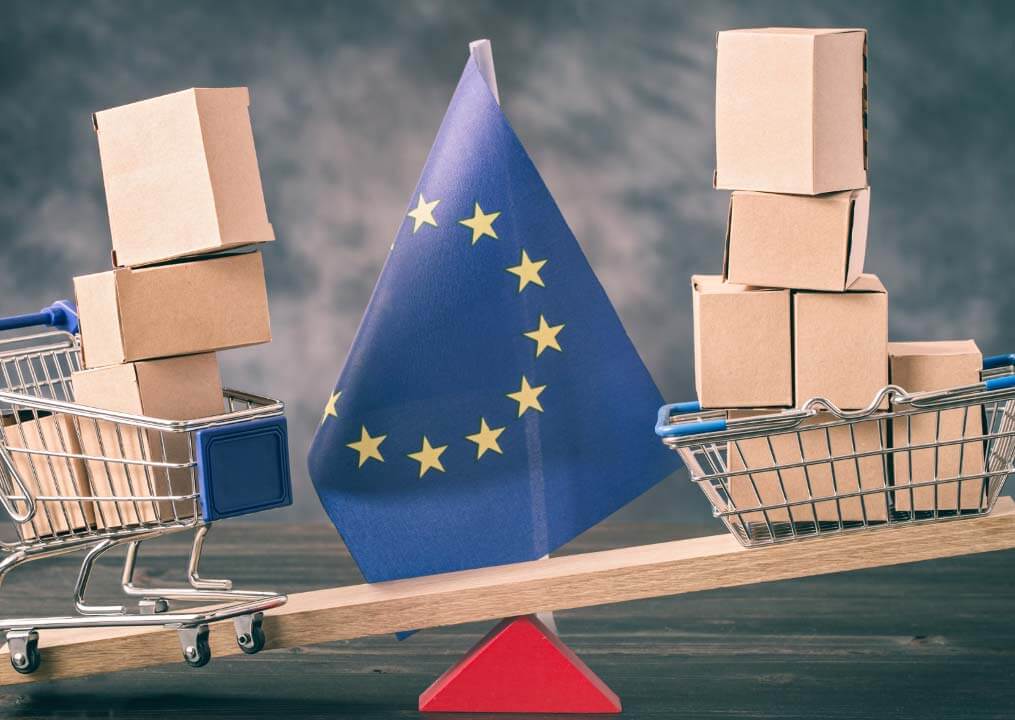Sustainable circular commerce

Circular shopping and sustainable returns
Give your products a longer lifetime, build your bottom line, and minimise your carbon footprint.
- Increase customer loyalty by promoting sustainable returns and circular shopping behaviours among your customers.
- Use return data to improve product descriptions and minimise return rates.
- Offer more environmentally friendly logistics options.
- Turn returns into reselling through marketplaces or second-hand.
- Extend product lifespan with quick access to repairs.
- Trace the entire life cycle of products from creation to reuse.

Why the non-returners are bad for your business

Leading to more returns
30% of online orders are returned because the item does not meet expectations. Non-returners might not communicate issues with product descriptions. Outdated or inaccurate descriptions could persist, leading to more returns from other customers.

Marketing inefficiency
According to statistics, 42%* avoid returns because the return process is too complicated. Lack of data from non-returning customers may lead to ineffective marketing campaigns. Sending offers without understanding customers’ preferences can result in wasted resources.
*Reclaimit State of Returns 2022

Missed insights
With data-driven insights into why customers return, you can improve product recommendations and minimise the return rate of ‘unnecessary’ returns.

Environmental impact
Combat 80% of climate impact in textile production by prioritising the extension of the lifespan of manufactured textiles; returning items is always a more sustainable choice than leaving them unused.

It is challenging to go circular
Each return is a chance to improve. Without returns, the opportunity to transition to a circular economy, where products are reused, is missed.

Why circular commerce?
Extend product lifespan
Most people want to repair items
According to Reclaimit’s State of Returns report, consumers prefer repairing goods, with 60% favouring warranty-based repairs over buying new items.
Cost savings for consumers
Highlight potential savings with refurbished or pre-owned items, promoting affordability without compromising quality.
Minimise CO2
- Promote sustainable return behaviour through campaigns.
- Address inefficiencies in your reverse logistics with operational data.
- Segment customers and strengthen the return policy for abusers.
- With a 30% return rate, save 70% on shipping labels with QR codes.
- Implement repair and reselling strategies.

Meet the new EU requirements
The increasing regulations surrounding refurbishment, returns, and service, particularly the EU’s ‘right to repair’, are initially directed at producers but have significant implications for retailers.
Retail companies must establish efficient processes to manage repairs, with a mandate to prioritise repairs over replacements for economic efficiency.
